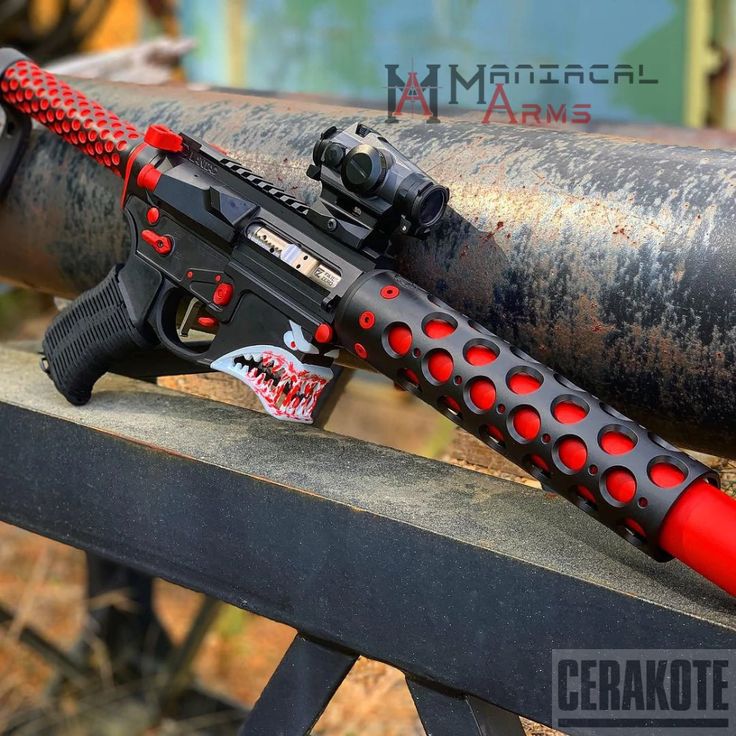What Consumers Really Consider Before Buying a Garment: Fit, Price, Quality, Values, and More
Overview: The Elements Consumers Consider When Buying a Garment
When consumers decide whether to buy a garment, they typically consider a cluster of elements: fit and sizing , price and value , quality and durability , style and identity alignment , trend relevance , convenience and accessibility , and ethical or sustainability values . Research in fashion consumer behavior shows that fit and price are consistently top drivers, while cultural, social, and psychological influences shape preferences and intentions across segments [1] [2] . Marketing mix elements (product, price, place, promotion) also strongly influence attitudes and actual purchase-especially in dynamic retail contexts [5] .
1) Fit and Sizing: The First Filter
Why it matters: A well-fitting garment is often the difference between buying and passing; industry observers and trade resources emphasize that fit can make or break perceived appeal and comfort [2] . Survey evidence also indicates that a large share of consumers, particularly women, cite “fits well” as important in purchase decisions [1] .
How to implement: When shopping online, review brand-specific size charts, garment measurements, and user reviews that reference height, weight, and body shape. At home, measure your chest/bust, waist, hips, and inseam, and compare to size charts. If possible, order two adjacent sizes and return the one that doesn’t meet your mobility and comfort needs. For tailored items, budget for alterations to achieve a precise fit.
Example: A blazer with excellent fabric and price but tight shoulders will go unworn; choosing a size up and tailoring the waist can convert it into a staple piece.
Challenges and solutions: Inconsistent sizing across brands can cause returns. You can mitigate this by tracking your best-fitting brands, saving measurement notes, and prioritizing retailers with flexible returns.
2) Price and Value: Balancing Budget and Benefits
Why it matters: Price is a primary decision driver across apparel categories; comparative survey work shows price ranks highly, especially among many women shoppers, while men also weigh it significantly [1] . In fast fashion, affordability expands access and accelerates purchases [4] . Marketing mix research further confirms that price and promotions shape purchase intention and actual buying behavior [5] .
How to implement: Use a cost-per-wear estimate: divide the price by expected wears. Compare materials, construction, and care requirements to determine lifetime cost. Time purchases around seasonal sales if you can wait, and consider loyalty programs when they align with planned buys.
Example: A $30 tee that lasts 10 wears costs $3 per wear, while a $60 tee that remains colorfast and maintains shape for 60 wears costs $1 per wear-better value despite higher upfront price.
Challenges and solutions: Deep discounts can prompt impulse buys. Set a pre-shopping list and budget, and only consider items that meet defined use-cases.
3) Quality and Durability: Construction, Fabric, and Care
Why it matters: Perceived quality drives willingness to pay and long-term satisfaction. While fast fashion emphasizes low price and novelty, many consumers still weigh fabric hand-feel, stitching density, and hardware quality because these correlate with longevity and comfort [4] . Marketing research reinforces that product attributes within the marketing mix materially affect attitudes and purchase behavior [5] .
How to implement: Inspect seams (look for even stitching and sufficient stitches per inch), tug gently on buttons and zippers, and check fabric content and weight. Review care labels: if dry cleaning adds recurrent costs, factor that into total value. Prefer reinforcement points at stress areas (e.g., bar tacks on pockets).
Example: Denim with heavier weight and chain-stitched hems typically outlasts light, loosely woven alternatives in demanding wear.
Challenges and solutions: Online images hide construction details. To mitigate, search for close-up photos and third-party reviews, and buy from retailers with robust return policies.
4) Style, Identity, and Self-Expression
Why it matters: Apparel is a tool for identity signaling and self-expression. Fashion psychologists note that shoppers are drawn to items that align with their self-concept (product-image congruity), making style congruence a central purchase driver [3] . Cultural and social influences-including family, peers, and reference groups-also guide apparel choices [2] , consistent with broader consumer behavior frameworks discussed in fashion research [1] .
How to implement: Define your core style words (e.g., minimal, classic, sporty). Before buying, ask if an item complements at least three outfits you already own. Consider color harmony with your existing palette to increase versatility.
Example: A bold statement jacket that fits your aesthetic can elevate simple bases, amplifying cost-per-wear value through outfit rotation.
Challenges and solutions: Trend-chasing can dilute cohesion. Use a mood board and a short “cooling-off” period to confirm alignment with your identity.
5) Trend Relevance and Novelty
Why it matters: Many shoppers factor in trend currency and the excitement of newness. Fast fashion’s success is tied to rapid trend adoption and constant assortment refreshes that motivate frequent purchases [4] . Retail environments and promotional cues also heighten urgency and impulse interest [3] .
How to implement: Allocate a small percentage of your budget to trend-led items while anchoring most spend in timeless staples. Prioritize trend pieces that still coordinate with your wardrobe basics to avoid orphan garments.
Example: Incorporate a contemporary silhouette (e.g., wider-leg trousers) in a neutral fabric that pairs with existing tops and footwear.
Challenges and solutions: Short trend cycles can cause regret. Favor micro-trends that complement your silhouette and color palette to extend wearability.
6) Convenience and Accessibility
Why it matters: Consumers value easy access, fast delivery, and broad size availability. Convenience is a documented driver in fast fashion purchasing, as shoppers respond to immediate availability and wide assortments online and in stores [4] . Place and distribution-in the marketing mix-shape perceived control and intention to buy [5] .
How to implement: If you need fast fulfillment, filter for in-stock items and clear shipping timelines. For fit-sensitive categories, seek retailers offering try-before-you-buy or free, trackable returns. When sizes are limited, consider brands known for inclusive size ranges and clear measurement guides.
Example: Ordering two sizes of occasionwear with prepaid return labels ensures you have a viable option in time for an event.
Challenges and solutions: Convenience may come with higher shipping or environmental costs. Batch orders and use consolidated returns to reduce fees and waste.
7) Ethics and Sustainability
Why it matters: Some consumers consider supply chain ethics, environmental impact, and garment longevity. Tension exists between affordability-driven fast fashion and sustainability goals; affordability often tips choices toward lower-cost, trend-led items despite environmental concerns [4] . Identity and values also influence whether shoppers prioritize eco or ethical attributes [3] .
How to implement: If ethics matter to you, consider repairing, buying fewer but better items, and choosing durable fabrics. Review brand sustainability pages and third-party certifications where available, and evaluate care instructions to extend garment life.
Example: Opting for a higher-quality knit you can wash cold and lay flat to dry may reduce replacement frequency and lower total impact.
Challenges and solutions: Verified sustainability data can be complex. When in doubt, prioritize longevity and versatility-both reduce the need for frequent replacement.
8) Psychological, Social, and Cultural Drivers
Why it matters: Apparel choices are shaped by cultural norms, social circles, and psychological needs, including esteem and belonging-concepts rooted in consumer behavior theory and needs frameworks [1] [2] . Retailer tactics-store layout, limited releases, and loyalty programs-can spur impulse buying and repeat purchases [3] . Empirical research also shows that promotions and communications during shifting contexts (e.g., public health events) can significantly shape intentions and purchases via the marketing mix [5] .
How to implement: To stay intentional, set a specific wardrobe plan and use a 24-hour pause before impulse buys. Note social pressures that may be influencing your cart, and verify whether the purchase serves your actual lifestyle needs.
Example: A “last chance” badge may trigger urgency; adding the item to a wishlist and revisiting later helps separate desire from need.
Challenges and solutions: Emotional shopping can erode budgets. Build rules-like “replace, don’t add” or “one in, one out”-to keep purchases aligned with goals.
Step-by-Step: Make a Confident Apparel Purchase
1) Define the use-case: work, casual, sport, occasion. Identify required performance (stretch, breathability, wrinkle resistance).
2) Set budget and value thresholds: estimate cost-per-wear and care costs.
3) Confirm fit: check measurements and reviews; consider ordering two sizes for fit-critical items.
4) Evaluate quality: inspect seams, fabric composition, closures, and care instructions.

Source: science-sparks.com
5) Check alignment with your style: ensure the item works with at least three existing outfits.
6) Consider trends strategically: limit trend spending and favor versatile takes on current silhouettes.
7) Factor in convenience: delivery timelines, return policies, and size availability.
8) Weigh ethics and longevity: prioritize durable, maintainable pieces when possible.
9) Pause before purchase: use a short waiting period to test intent and reduce impulse buys.
Key Takeaways
– Fit and price are foundational decision criteria in apparel purchases [1] [2] . – Quality , style identity , trend relevance , and convenience shape perceived value and intent [3] [4] [5] . – Psychological, social, and cultural influences and the marketing mix play measurable roles in actual purchase behavior [1] [5] .
References
[2] Textile Sphere (2022). What Consumers Look For When It Comes To Apparel.

Source: yourdictionary.com
[4] The Sustainable Fashion Forum (2023). The Psychology of Fast Fashion.


